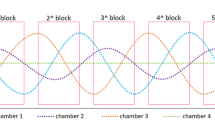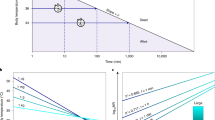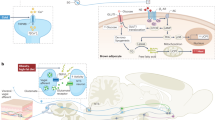Abstract
AS has already been shown, the body-weight/body-surface ratio decreases more or less regularly from north to south, and the lowest averages are found in hot climates1,2. Manifestly the decrease of the weight/surface ratio in human beings is an anthropological—and strictly biometrical—equivalent of the two well-known zoological ‘laws’: Bergmann's rule (body-size of related homeotherms decreases in the warmer parts of their geographical range), and Allen's rule (relative increase of protruding organs in warmer districts). I think that a biometrically correct rule may be generalized in the following way: in closely related homeotherms, the body-mass/body-surface ratio tends to decrease in climates which, at least during a part of the year, put a stress on heat-eliminating mechanisms.
This is a preview of subscription content, access via your institution
Access options
Subscribe to this journal
Receive 51 print issues and online access
$199.00 per year
only $3.90 per issue
Buy this article
- Purchase on Springer Link
- Instant access to full article PDF
Prices may be subject to local taxes which are calculated during checkout
Similar content being viewed by others
References
Schreider, E., Nature, 165, 286 (1950).
Schreider, E., L'Anthropologie, 54, 67, 228 (1950).
Schreider, E., Biotypologie, 10–11, 53 (1949–50).
Author information
Authors and Affiliations
Rights and permissions
About this article
Cite this article
SCHREIDER, E. Anatomical Factors of Body-Heat Regulation. Nature 167, 823–824 (1951). https://doi.org/10.1038/167823a0
Issue Date:
DOI: https://doi.org/10.1038/167823a0
This article is cited by
-
Hominine morphology, climatic determinism and an alternative hypothesis
Human Evolution (1999)
-
Ecological Rules and Body-heat Regulation in Man
Nature (1957)
Comments
By submitting a comment you agree to abide by our Terms and Community Guidelines. If you find something abusive or that does not comply with our terms or guidelines please flag it as inappropriate.



